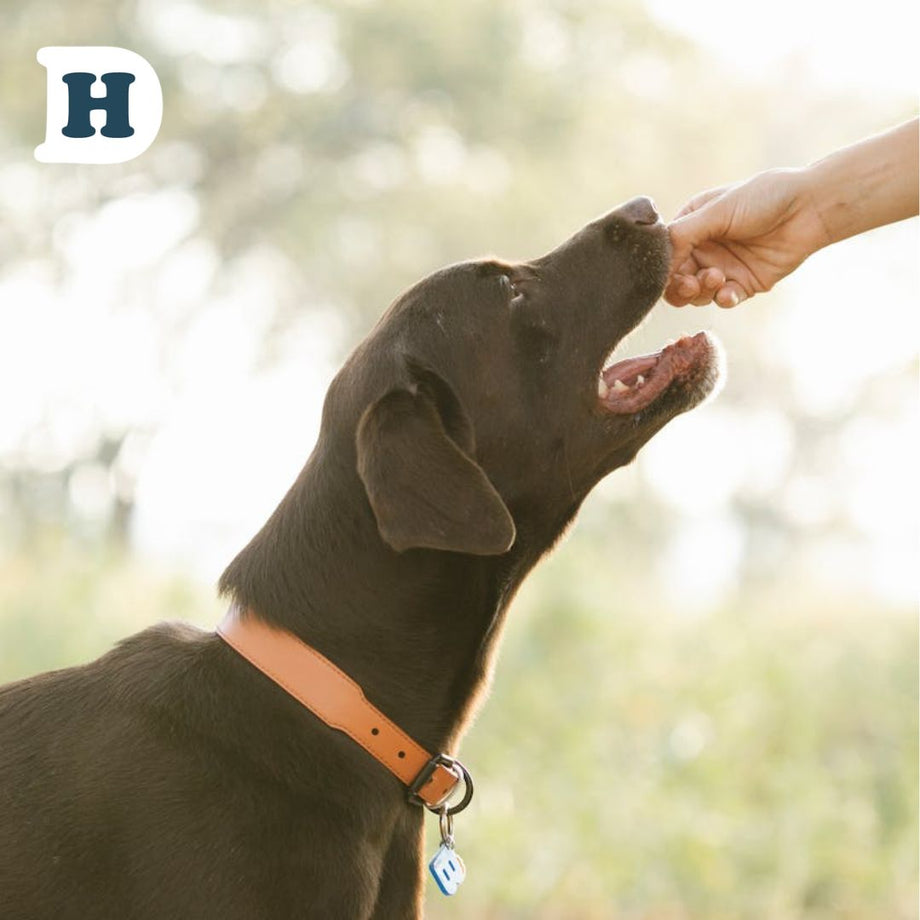Welcome to our comprehensive guide on canine parvovirus prevention and treatment in Australia.
 As a responsible pet owner, it is crucial to understand the serious nature of this highly contagious disease and take the necessary steps to protect your furry friend. In this guide, we will provide you with all the essential information you need to know about canine parvovirus, including its causes, symptoms, and the best ways to prevent it. We will also delve into the various treatment options available in Australia, ensuring that you are well-informed and prepared to handle any potential cases.
As a responsible pet owner, it is crucial to understand the serious nature of this highly contagious disease and take the necessary steps to protect your furry friend. In this guide, we will provide you with all the essential information you need to know about canine parvovirus, including its causes, symptoms, and the best ways to prevent it. We will also delve into the various treatment options available in Australia, ensuring that you are well-informed and prepared to handle any potential cases.
Whether you are a first-time dog owner or a seasoned enthusiast, this guide will equip you with the knowledge and tools to keep your beloved canine companion safe and healthy. So, let's dive in and explore the world of canine parvovirus prevention and treatment together.
What is Canine Parvovirus (CPV)?
Canine parvovirus (CPV) is a highly contagious viral disease that affects dogs, especially puppies. It is primarily transmitted through contact with infected feces, contaminated surfaces, or direct contact with infected dogs. The virus can survive in the environment for months, making it difficult to eradicate.
Understanding the transmission and symptoms of CPV
CPV is spread when a susceptible dog comes into contact with the virus, usually through oral ingestion. The virus attacks the rapidly dividing cells in the dog's body, particularly in the intestines, bone marrow, and lymphoid tissues.
The symptoms of CPV infection include severe vomiting, diarrhea (often bloody), loss of appetite, lethargy, and dehydration. In severe cases, CPV can cause damage to the dog's gastrointestinal tract and immune system, leading to secondary infections and even death if left untreated.
Importance of vaccination in preventing CPV
Vaccination plays a vital role in preventing CPV infection and protecting dogs from the disease. Vaccines stimulate the dog's immune system to produce antibodies that can fight against the virus if exposed.
Vaccination schedule and recommendations for puppies and adult dogs
Puppies should receive a series of vaccinations, starting as early as six weeks of age, to ensure adequate protection against CPV. The vaccination schedule typically includes a series of shots given every three to four weeks until the puppy reaches 16 weeks of age.
Adult dogs should also receive regular booster vaccinations to maintain their immunity against CPV. Consult with your veterinarian to determine the appropriate vaccination schedule for your dog, taking into consideration factors such as age, lifestyle, and exposure risk.
Effective hygiene practices to prevent CPV spread
Apart from vaccination, practicing good hygiene is crucial in preventing the spread of CPV. The virus is resistant to many common disinfectants, so it is essential to follow strict cleaning protocols to eliminate the virus from the environment.
Recognising the signs of CPV infection
Early detection of CPV infection is essential for prompt treatment and a higher chance of successful recovery. Knowing the signs of CPV infection can help you identify the disease in its early stages and seek veterinary care promptly.
Common signs of CPV infection include severe vomiting, diarrhea (often bloody), loss of appetite, lethargy, and dehydration. If you notice any of these symptoms in your dog, contact your veterinarian immediately for further evaluation and guidance.
Seeking veterinary care for CPV diagnosis and treatment
If your dog is suspected of having CPV, it is crucial to seek veterinary care as soon as possible. The veterinarian will perform a physical examination, conduct diagnostic tests, and make a definitive diagnosis.
Treatment options for CPV-infected dogs
Unfortunately, there is no specific cure for CPV, and treatment mainly focuses on supportive care to help the dog's immune system fight off the infection. Hospitalisation may be necessary to provide intravenous fluids, medications to control vomiting and diarrhea, and antibiotics to prevent secondary infections.
Supporting the recovery process at home
Once your dog is discharged from the veterinary hospital, it is essential to provide a clean and stress-free environment to aid in their recovery. Follow your veterinarian's instructions regarding medications, diet, and activity restrictions.
Ensure that your dog receives plenty of rest, access to fresh water at all times, and a balanced diet to support their immune system. Monitor their progress closely and contact your veterinarian if there are any concerns or worsening symptoms.
Preventing future CPV outbreaks in your community
Preventing future CPV outbreaks requires a collective effort from dog owners, veterinarians, and the community as a whole. By following these preventive measures, you can help reduce the risk of CPV transmission and protect the canine population in your area.
The role of shelters and rescue organisations in CPV prevention
The importance of proactive prevention and responsible pet ownership
Canine parvovirus is a serious disease that can have devastating consequences for dogs. As responsible pet owners, it is our duty to take proactive measures to prevent CPV and protect our furry friends. Vaccination, good hygiene practices, early detection, and prompt veterinary care are key in preventing the spread of CPV and ensuring the well-being of our canine companions.
By staying informed and following the guidelines provided in this comprehensive guide, you can significantly reduce the risk of CPV infection and contribute to a healthier and safer dog community in Australia. Remember, prevention is always better than cure when it comes to canine parvovirus. Let's all strive to be proactive, responsible pet owners, and keep our beloved dogs protected and healthy.
© DeliveryHound 2023






